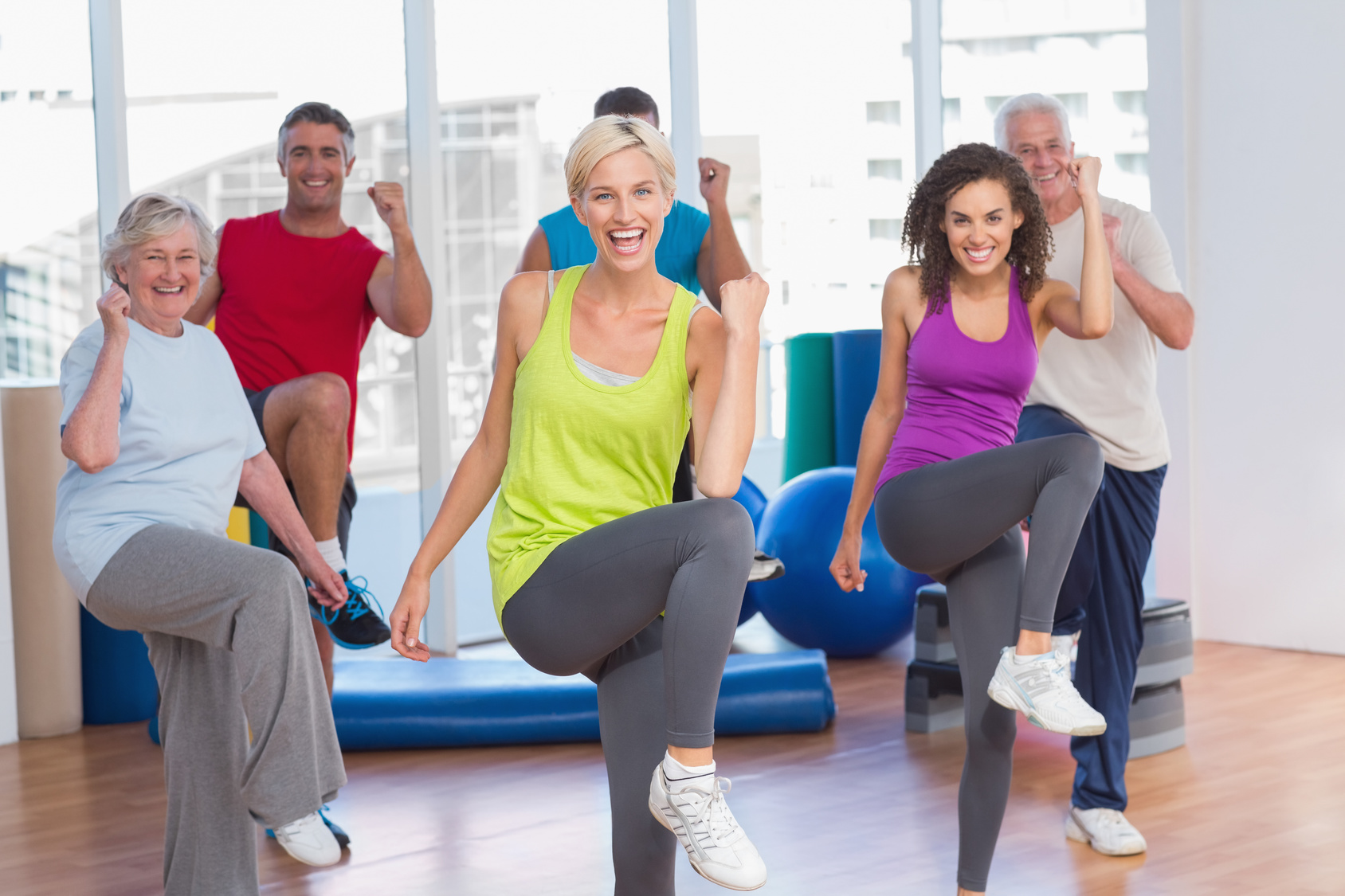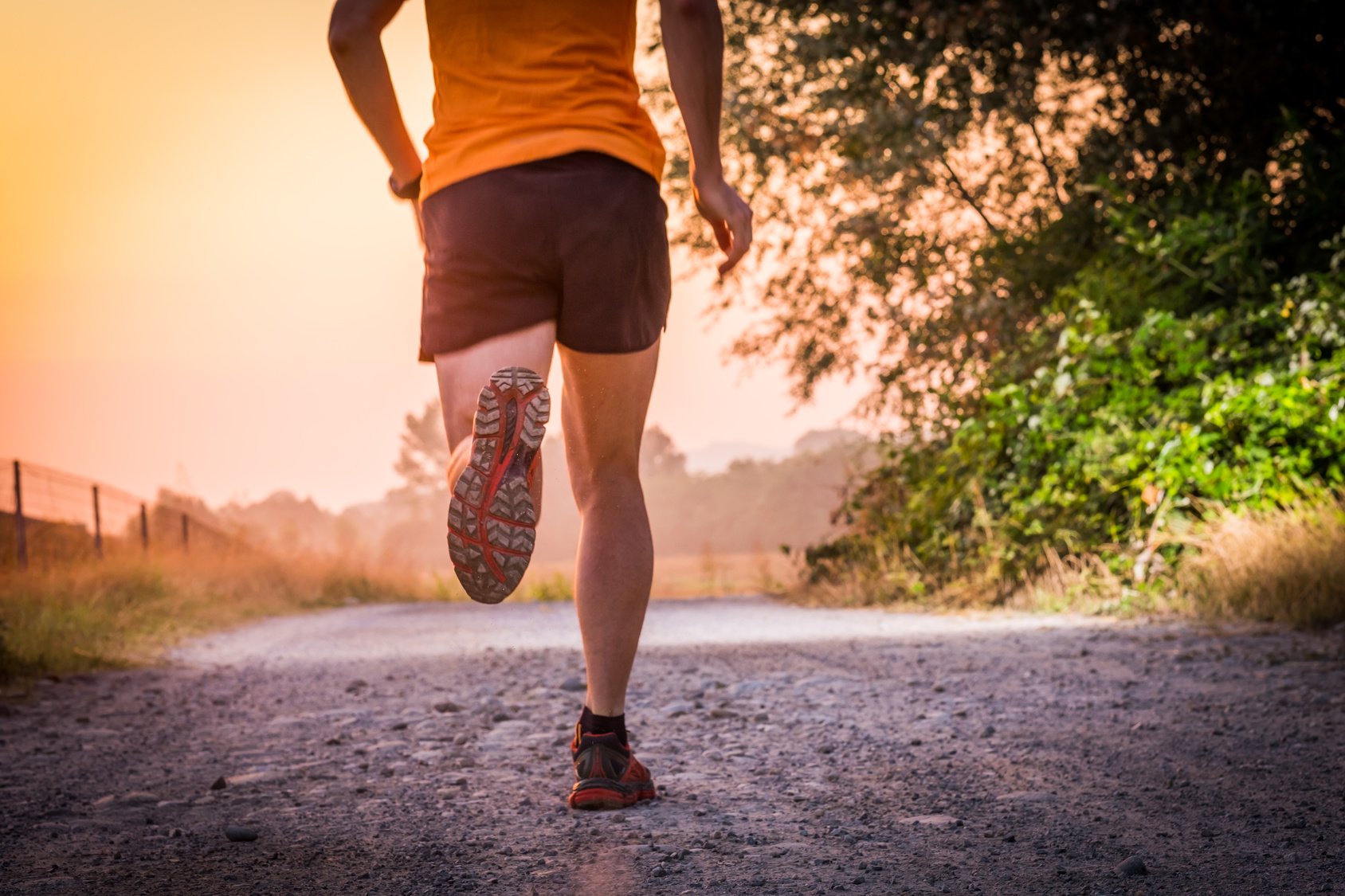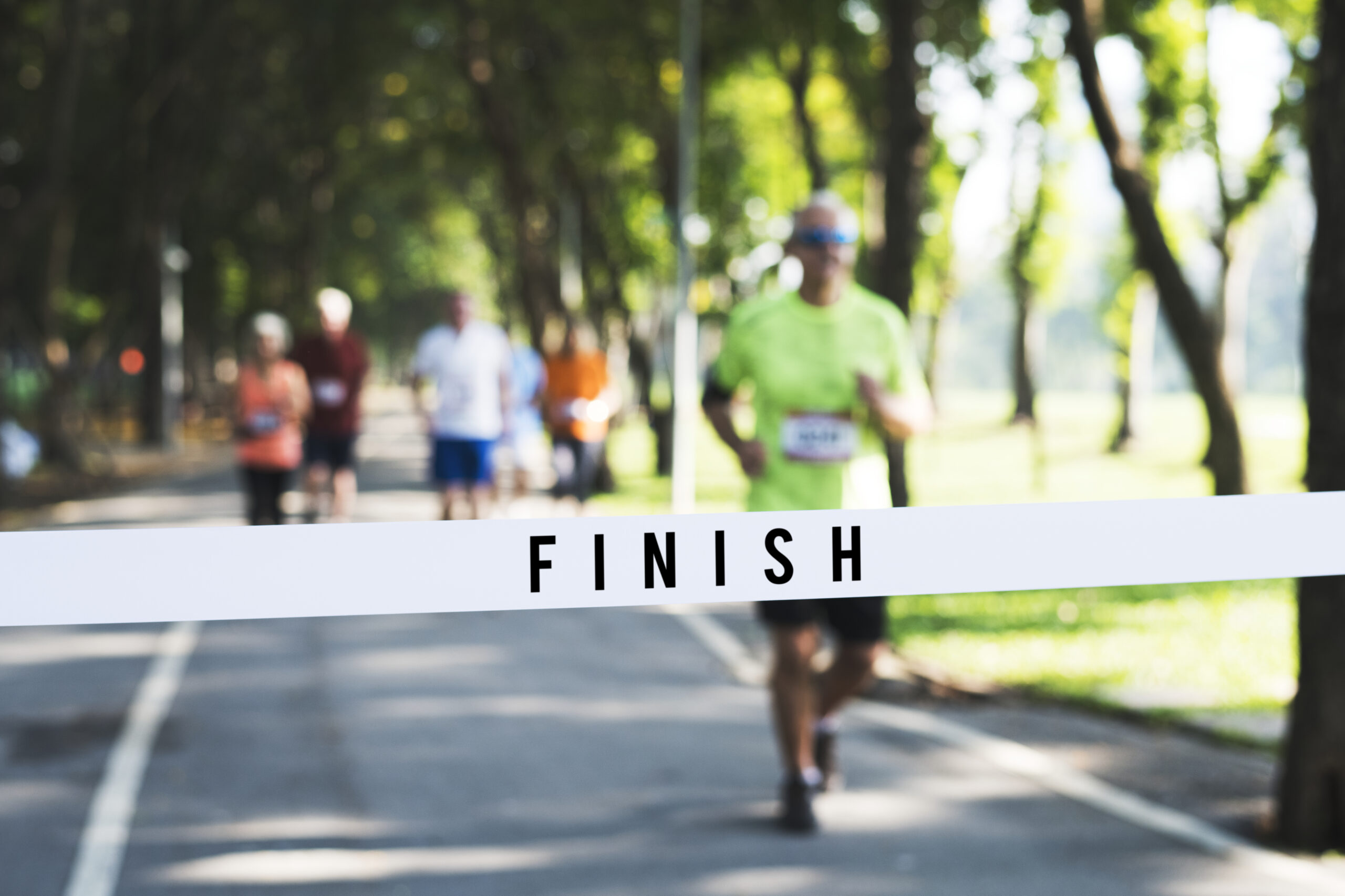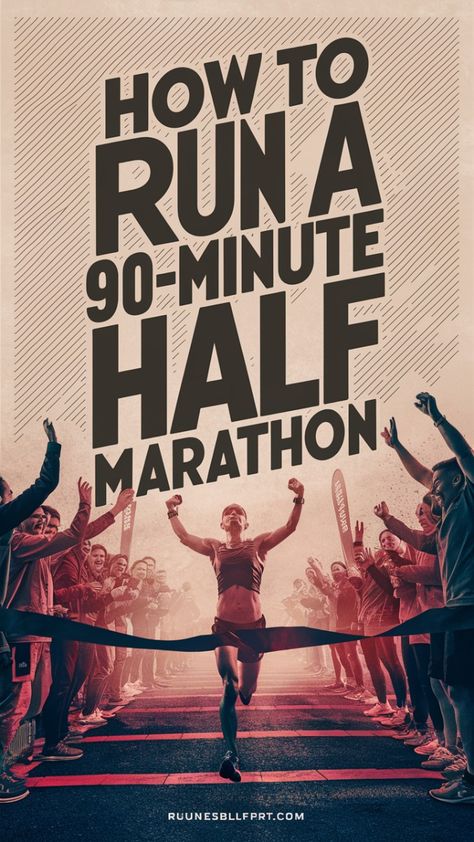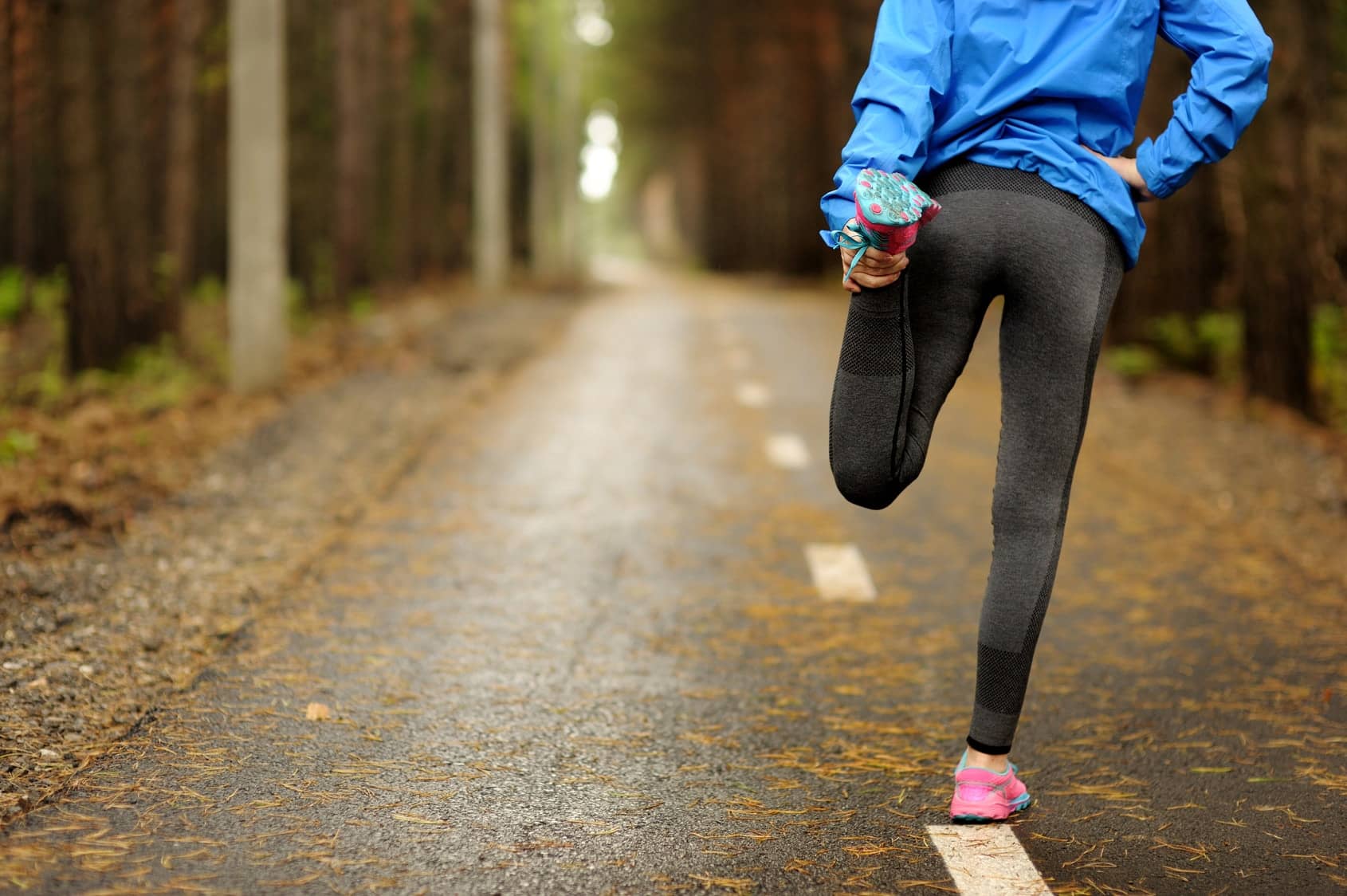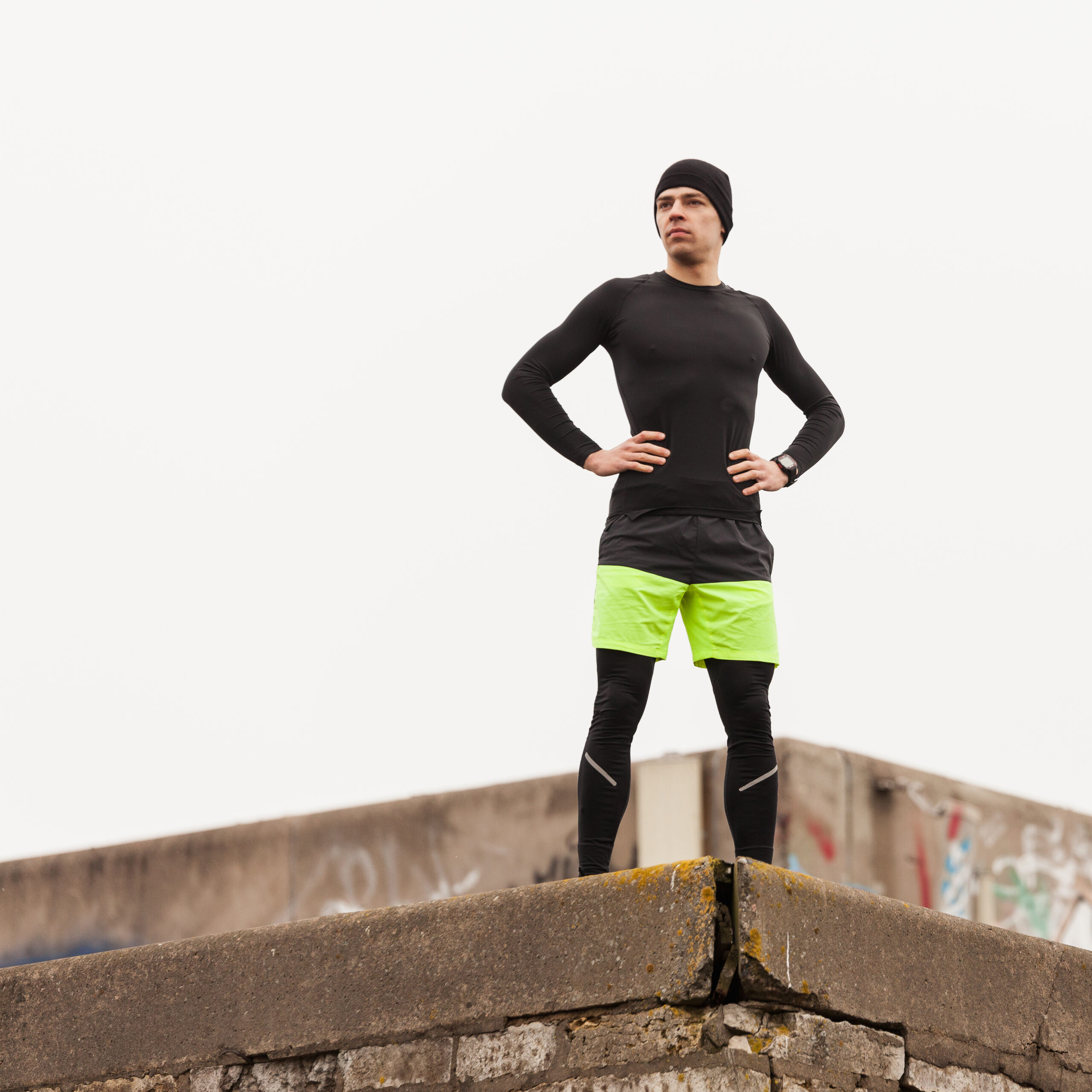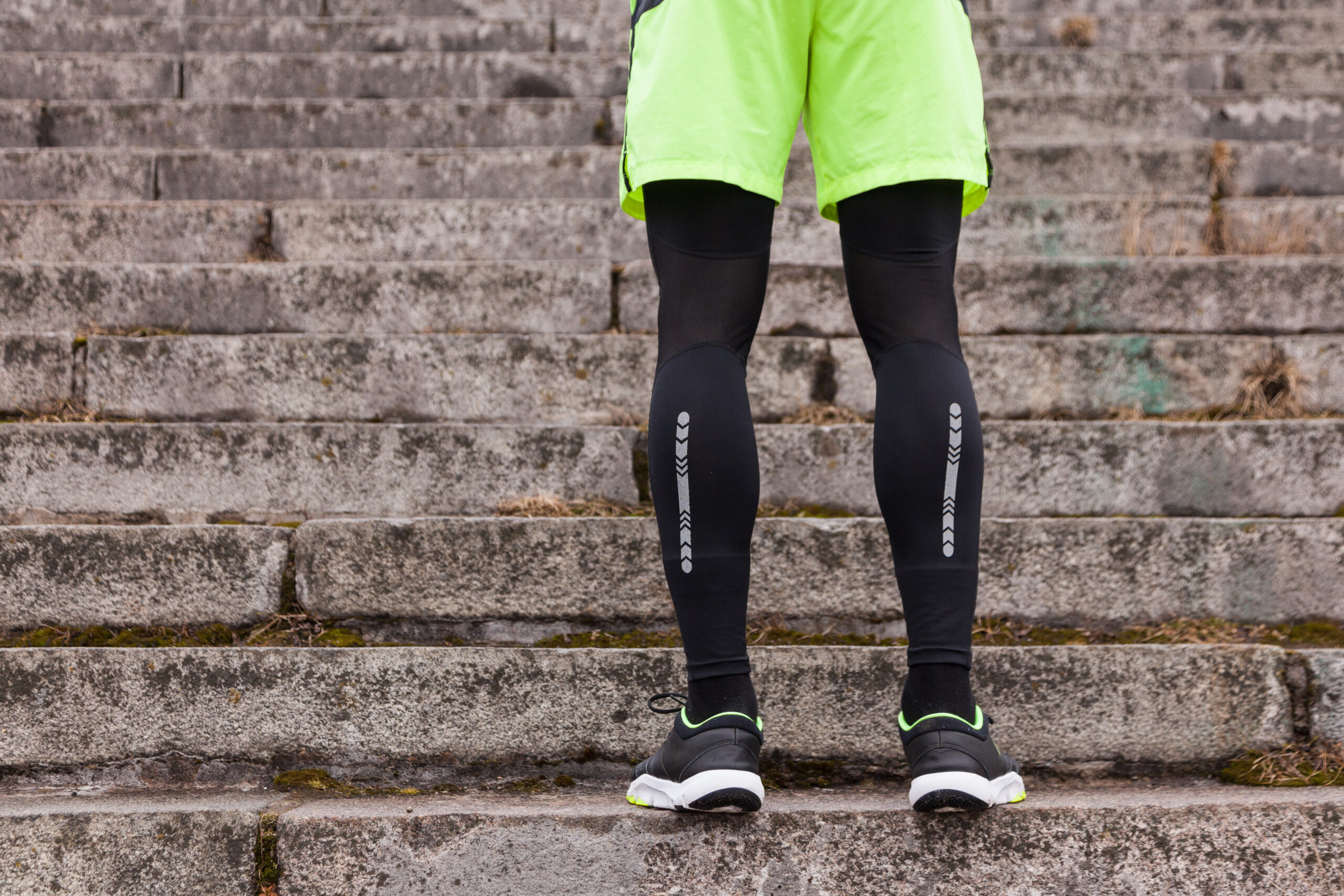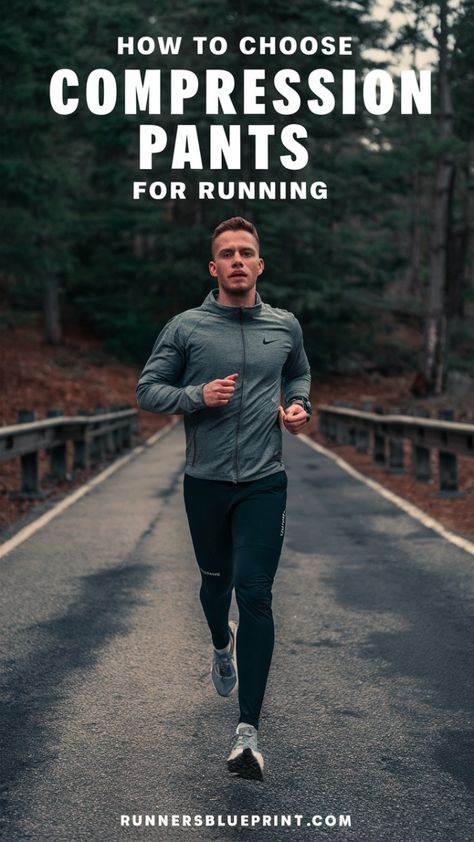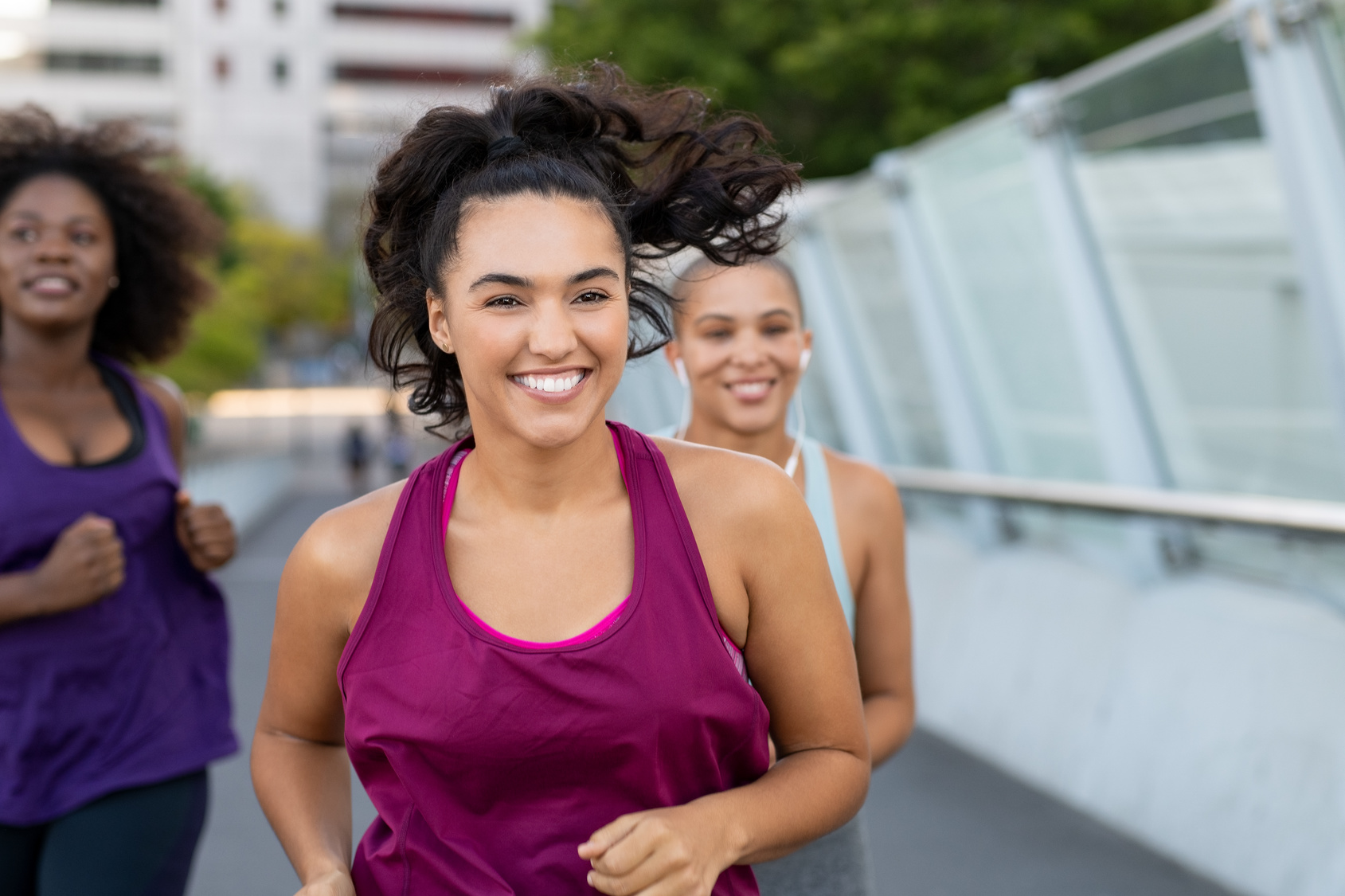Looking for a simple exercise that not only helps shape up your butt but can protect you against overuse running injuries? Then look no further than the clamshell.
The weirdly named clamshell exercise is undoubtedly one of the best hip-strengthening exercises.
This move is more used in physical therapy than gym routines, but it’s extremely useful.
In today’s article, I’ll dive into how to do the clamshell exercise correctly, the main reasons to add it to your workout routine, and its benefits and progressions.
What Is The Clamshell
Though clamshells aren’t that instagrammable, it’s still an exercise you should add to your exercise plan.
The clamshell consists of a controlled movement that targets the glutes and hips. Imagine a clam shell hanging open and close. This is what you do when performing clamshells.
Here’s the truth.
Unlike squats or deadlifts, clamshells are not a showy exercise. But it’s still one of the best exercises for hip strengthening and managing hip injury.
Let’s delve a little bit deeper.
The Benefits of Doing Clamshells For Runners
So why should you add this oddly named exercise to your workout repertoire?
Many reasons.
Reduce Pain
This exercise is widely used in physical therapy clinics to help patients manage and cure hip pain, back pain, and sciatica—to name a few conditions.
Clamshells help reduce pain by strengthening the hip, core, and lower back muscles. More specifically, the pain is reduced by balancing the muscular output between the thighs, glutes, and pelvic floor.
Of course, don’t take my word for it.
Research in the Journal Of Orthopedic and Sports Physical therapy reported the clamshell exercise is one of the best hip-strengthening exercises for managing and treating injury.
That’s why exercise is often used in physical therapy clinics to help with chronic muscle and joint issues.
Additional Resource – Your Guide to Groin Strains While Running
Muscle Definition
Looking to add some shape and definition to your butt? Look no further than the clamshells. It’s one of the best exercises for muscle shape and development.
Add more resistance—as shown below—and the exercise will burn your glutes. This is especially the case if you do as many reps as you can—or to train to failure—as it will set the stage for defining that muscle group.
Run Stronger
As far as I can tell, the clamshell is one of the best exercises for runners.
Instability in the hips as a runner can wear havoc. The more miles you log in, the higher the risk for injury. Poor stabilized hips can lead to dysfunctional running gait that can cause many overuse injuries, such as the runner’s knees and ITBS.
As a runner, when your gluteus Medius and hips are weak, you’re likely to experience injury since these muscles stabilize your hips—and the rest of your body—during running.
Glute Activation
Another benefit of the clamshell is that it can help activate the glute.
When performing glute strengthening exercises, such as squats or lunges, it’s key to properly activate the muscle(s) targeted.
So before you squat or whatever, perform 2-3 clamshells to fire up your glutes. This helps to make sure they’re activated and working as prime movers
Simple
A clamshell is an easy, simple exercise that you can perform anywhere. It doesn’t require special gear or weights, and your joints undergo no impact.
Additional resource – Does running build muscles?
Muscles Targeted by The Clamshell Exercise
Clamshells primarily target the glutes.
What’s usually referred to as the glutes is a group of three muscles:
- Gluteus maximus, which is the muscle that extends the hips and aids with abduction and external rotation of the leg
- Gluteus medius is the main abductor and external rotator of the hip.
- Gluteus minimus, which functions as the primary interval rotator of the hip joint, assists in the abduction and inward rotation of the hip.
The gluteus muscles is key for keeping your body upright during standing, walking, and running. These also produce a lot of force during specific movements, such as standing up, walking, running, and jumping.
The gluteus maximus, as the name implies, is the biggest of three—it’s, in fact, the biggest muscle in your body. It’s also the prime mover in hip extension.
It’s also the muscle that tends to get all the glory. But that doesn’t make it more important than other muscles, especially the gluteus medius.
Let me explain.
Additional Resource – Can you run again after knee replacement
The Importance of Gluteus Medius
Clamshells specifically target the gluteus Medius, which is located on the outer edge of the butt and is in charge of stabilizing the pelvis.
Sandwiched between the two other glute muscles, the gluteus Medius is the abductor muscle that forms the outer edge of the buttocks and the sides of the hips.
Powerful medial glutes can guide you through every step by assign in stabilization, propulsion, and protection of the joints and the rest of your body from extra load.
What’s more?
This muscle helps stabilize the pelvis when standing on one leg, which makes it super crucial for sports that involve “jumping” from one leg to the other—running is no exception.
Dysfunction and/or weakness in this muscle leads to trouble. Lack of stability due to weak Medius muscles can cause injuries since your body isn’t moving correctly.
In addition, when your glute medius is weak or dysfunctional, the other muscles eventually have to pick up the slack, leading to pain and injury.
Who Should do The Clamshell?
Everyone.
This exercise helps a wide range of people and athletes and is used in physical therapy clinics to strengthen the glutes, hips, and core.
That said, hip-strengthening moves are more important for runners or anyone who plays running-involved sports, such as football, tennis, or basketball.
Hip strength benefits runners the most since they’re more likely to suffer from overuse injuries from weak hip muscles. In fact, studies have reported that dysfunction or weakness in the muscles of the hips could lead to foot, ankle, and knee pain.
Of course, don’t take my word for it.
Research has shown that patients with low back pain usually have poor hip strength. Also, those suffering from patella-femoral knee pain—colloquially known as runners knee—could benefit from a hip strengthening protocol.
So it’s no surprise that the clamshell has been therapeutically used to reduce back, hip, or knee pain. It’s also a preventative measure to improve strength and function and prevent painful conditions.
Most cases of knee, ankle, and foot pain originate—fully or partially—in the hips.
Additional resource – Here’s your guide to pain on top of the foot while running.
How To Do The Classic Clamshell
Though clamshells have a lot to offer, they still look deceptively simple. All you’re doing, after all, is opening and shutting your legs like a clamshell.
But don’t let the simplicity fool you. Implement the following tips to get the most out of this potent exercise. Do it right, and your glutes will be burning in no time.
Clamshells – The Proper Form
Begin by lying on your right side with your feet and hips stacked, knees bent 90 degrees, and your head resting on your right arm.
Next, while engaging your core, raise the top knee, opening the hip, making sure to keep the ankles together as far as possible without shifting your pelvis.
Ensure the right—bottom—leg is stationary and flat against the ground.
Hold for a moment, squeezing your glutes at the top of the movements, then slowly lowering your left knee to the starting position.
Shoot for 16 to 20 reps, then roll over and do the other side to complete one set. Shoot for three sets.
When performing the clamshell move, keep your upper body stationary and maintain a neutral spine.
To stabilize and strengthen your core, keep your core engaged throughout the movement. Also, keep your lower back still. The rotation should din the hips, not the back.
You’re doing it correctly once you start experiencing fatigue in the gluteus Medius on the outside and top of your glutes.
Once you master the classic clamshell, feel free to move on to greater resistance and variations as you get stronger.
Additional resource – Common running injuries
The Hip Raise Clamshell
The classic clamshell can hold its ground, but if you’ve managed to master the simple version, make things more challenging with modifications and advanced add-ons.
If you think performing planks is challenging enough, try adding the clamshell to them. Doing this forces you to stabilize your core while also targeting the muscles of your glutes.
What’s more?
The hip raise clamshell improves shoulder stability and fires up the triceps.
However, the mix of hip mobility and spine stability isn’t beginner-friendly, so ensure you can do both movements properly as separate exercises before doing them together.
Here’s how to do it.
Begin by laying on your right side with knees bent, ankles, and feet tougher. You can perform this exercise on the floor or mat. Up to you and your comfort level.
Next, while engaging your core and keeping your feet together, raise your left knee as you lift the right hip off the floor simultaneously.
Hold at the top, return the left knee, and simultaneously lower the left knee and right hip to return to starting position.
Shoot for your goal reps, switch sides and complete on the other side. If this is too easy for you, then make it more challenging by adding a resistance band to the exercise.
Clamshell Exercise With a Resistance Band
Try adding a resistance band to make the regular clamshell rotation more challenging. This will tax your glutes and hamstrings even more.
I recommend starting with a looser band, then working to more resistance to build strength.
Start off by assuming the same position as you’d with regular clamshells. Then place the resistance band around both legs, just above your knees.
While keeping your upper body stationary and feet in contact with one another, raise your left knee about eight to ten inches away from the right knee.
Hold it at the top for a moment before bringing your knee back to the starting position. Do 12 to 16 reps on each side to complete one set. Shoot for three sets.


